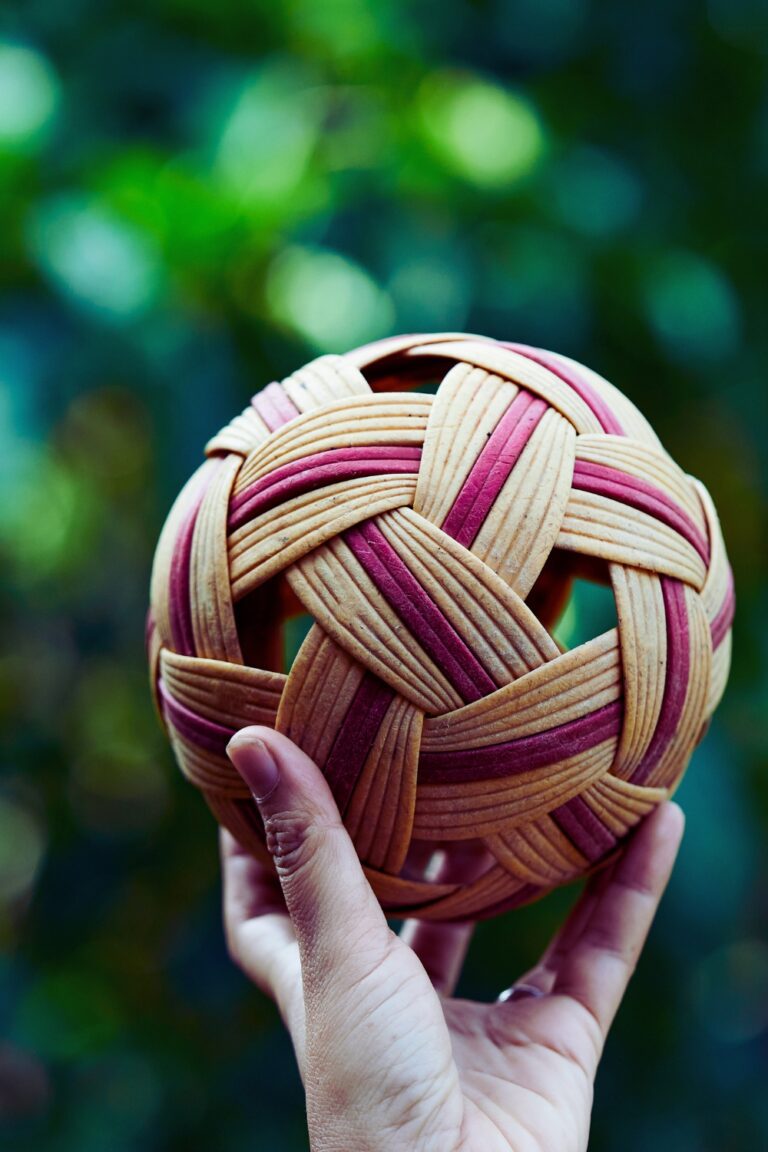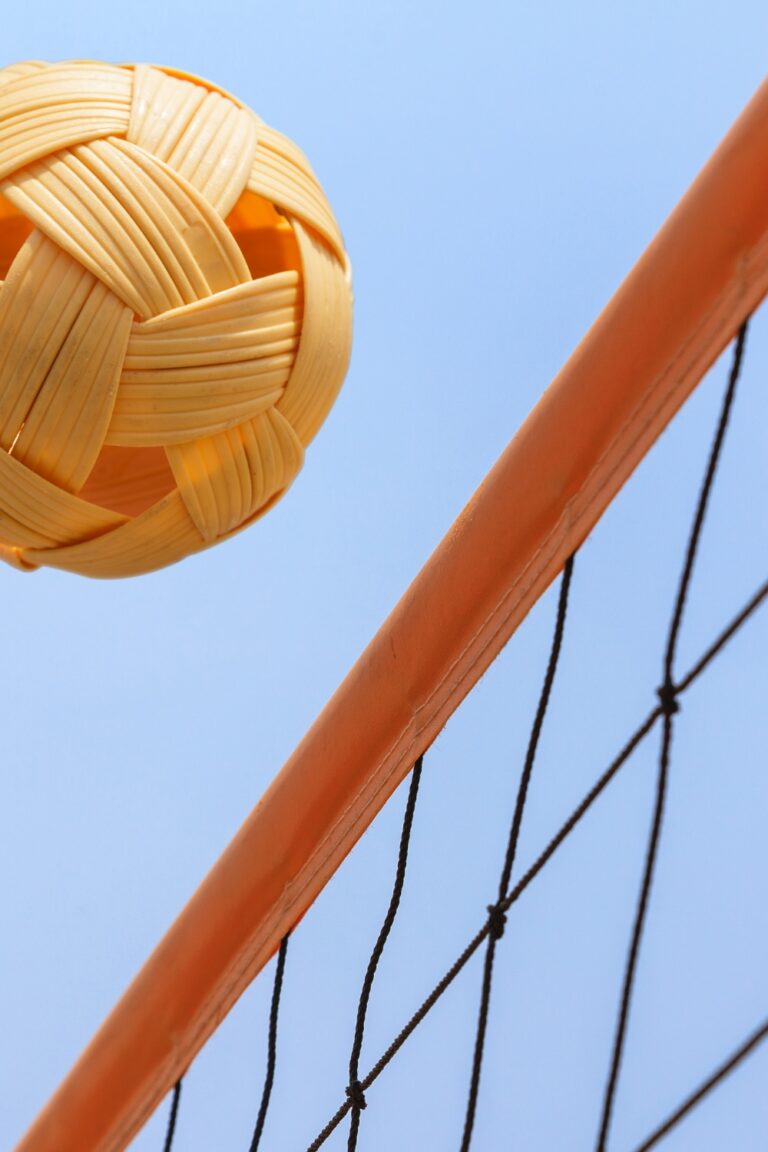Sepak Takraw, often described as a fusion of soccer and volleyball, stands as a testament to human ingenuity, athleticism, and cultural identity. Originating in Southeast Asia, this dynamic sport has evolved over centuries, blending traditional practices with contemporary sportsmanship.
In this article, we delve into the rich history of Sepak Takraw, tracing its journey from humble beginnings to its recognition as a global phenomenon.
Ancient Beginnings: The Roots of Sepak Takraw
The origins of Sepak Takraw can be traced back more than 500 years to the royal courts and villages of Southeast Asia. The sport’s name provides insight into its essence: “Sepak” means “kick” in Malay, and “Takraw” refers to a woven rattan ball used in the game. Early forms of the sport were played in countries such as Malaysia, Thailand, Indonesia, and the Philippines, though the rules and styles varied by region.
Traditional Variants Across Southeast Asia
- Malaysia: Known as “sepak raga,” the game in Malaysia involved players forming a circle and skillfully keeping a rattan ball aloft using only their feet, head, knees, and chest. The focus was on coordination and artistry rather than competition.
- Thailand: In Thailand, the sport evolved into “takraw,” emphasizing teamwork and agility. Thai players often showcased acrobatic movements, making the game visually captivating.
- Indonesia: Referred to as “raga,” the Indonesian version shared similarities with Malaysia’s sepak raga but also incorporated elements of storytelling and ritual.
- The Philippines: Known as “sipa,” the game in the Philippines had cultural and ceremonial significance, often played during festivals and celebrations.
Evolution into a Competitive Sport
While Sepak Takraw began as a recreational activity, it gradually transformed into a structured sport. By the 19th century, the game had gained popularity across Southeast Asia, evolving into a more formalized version played on a court with specific rules.
Standardization of Rules
The modern version of Sepak Takraw emerged in the mid-20th century. In 1960, representatives from Malaysia, Thailand, Singapore, and Myanmar convened to establish standardized rules for the sport. Key developments included:
- Introduction of a net, akin to volleyball.
- Formalization of team sizes to three players on each side.
- Definition of scoring systems and fouls.
Formation of the Asian Sepak Takraw Federation (ASTAF)
In 1965, the Asian Sepak Takraw Federation (ASTAF) was established to govern the sport’s development and promote it on an international scale. ASTAF played a crucial role in organizing tournaments and ensuring consistency in the rules and regulations.
Sepak Takraw in the International Arena
The latter half of the 20th century marked a significant turning point for Sepak Takraw as it gained recognition beyond Southeast Asia. The sport’s inclusion in regional and international events highlighted its growing appeal.
Entry into the Southeast Asian (SEA) Games
In 1965, Sepak Takraw made its debut in the Southeast Asian Peninsular Games (now known as the Southeast Asian Games). Its inclusion solidified the sport’s status as a key cultural and athletic feature of the region.
Global Expansion
As interest in Sepak Takraw spread, efforts were made to introduce the sport to other parts of the world. Demonstration matches and exhibitions were held in countries such as Japan, South Korea, and Canada, sparking curiosity and admiration for the game’s unique blend of skill and spectacle.
The International Sepak Takraw Federation (ISTAF)
In 1988, the International Sepak Takraw Federation (ISTAF) was established to oversee the sport’s global expansion. ISTAF’s initiatives included organizing international tournaments, fostering grassroots development, and advocating for the sport’s inclusion in major multi-sport events.
Key Milestones in Sepak Takraw’s History
- 1990 Asian Games: Sepak Takraw made its debut as a medal sport, showcasing its competitive appeal to a broader audience.
- World Sepak Takraw Championships: Launched in the 1990s, these championships brought together top teams from around the globe, elevating the sport’s prestige.
- Recognition by the Olympic Council of Asia: The Olympic Council of Asia officially recognized Sepak Takraw, paving the way for its inclusion in more international events.
Cultural Significance of Sepak Takraw
Beyond its athletic appeal, Sepak Takraw holds deep cultural significance in Southeast Asia. The sport reflects the values, traditions, and communal spirit of the region.
Symbol of Unity
Sepak Takraw’s roots in various Southeast Asian cultures highlight its role as a unifying force. Despite regional variations, the sport’s shared heritage fosters a sense of camaraderie among nations.
Preservation of Tradition
The use of the rattan ball and the emphasis on acrobatic movements pay homage to the sport’s traditional origins. Sepak Takraw serves as a bridge between past and present, preserving cultural practices while adapting to modern demands.
Inspiration for Contemporary Arts
The dynamic movements and aesthetic appeal of Sepak Takraw have inspired contemporary art forms, including dance, film, and literature. The sport’s iconic imagery often features prominently in cultural expressions across Southeast Asia.
Modern Developments and Challenges
Today, Sepak Takraw continues to thrive, with growing participation and viewership worldwide. However, the sport faces challenges in achieving mainstream recognition on a global scale.
Technological Advancements
Innovations such as live-streaming and video analysis have enhanced the sport’s accessibility and professionalism. These tools help coaches refine strategies and allow fans to engage with matches in real time.
Expanding the Fan Base
Efforts to promote Sepak Takraw in non-traditional markets, such as Europe and North America, aim to broaden its appeal. Grassroots initiatives and school programs play a pivotal role in introducing the sport to new audiences.
Overcoming Perception Barriers
One of the challenges facing Sepak Takraw is its perception as a niche sport. Advocates are working to highlight its athleticism, strategy, and entertainment value to attract wider recognition.
Read: How to Master Sepak Takraw: A Step-by-Step Guide for Beginners
Conclusion
The history of Sepak Takraw is a story of resilience, creativity, and cultural pride. From its humble beginnings in Southeast Asia to its emergence as a global sport, Sepak Takraw embodies the spirit of innovation and community. As the sport continues to evolve, it remains a vibrant celebration of tradition and modernity, captivating audiences with its unmatched energy and artistry. Read Must: 10 Amazing Benefits of Playing Sepak Takraw You Need to Know!





